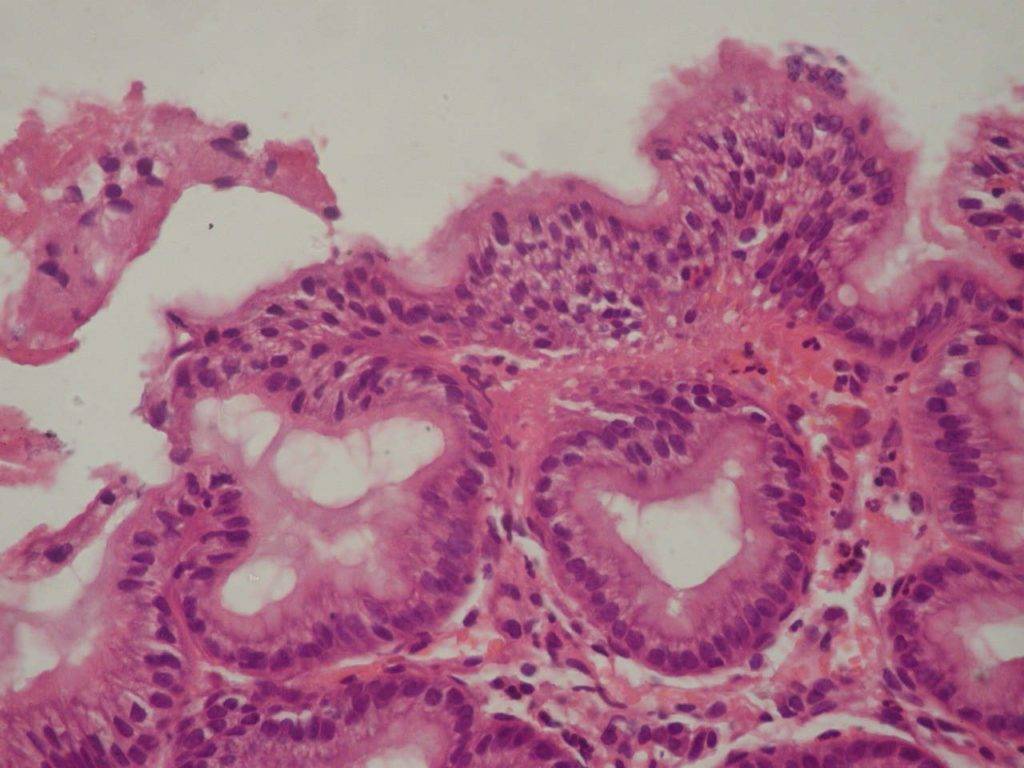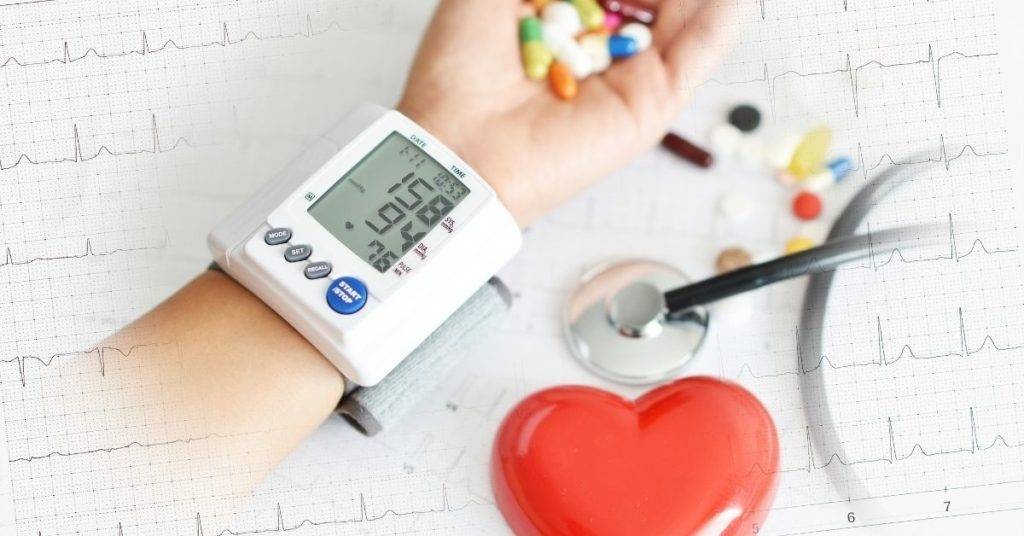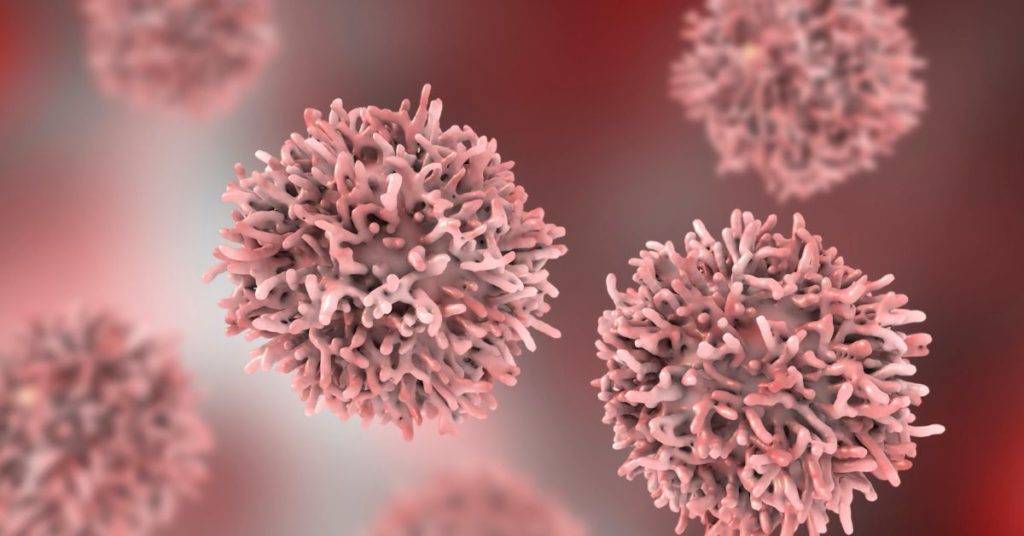Institute for Children and Adolescents Health Care of the National Academy of Medical Sciences, Ukraine
Gastrointestinal Pathology
Table of Contents
The clinical manifestations of the upper digestive system diseases in adolescents with hereditary connective tissue dysplasia (CTD), such as Ehlers-Danlos, Marfan, and other CTD syndromes, are characterized by motility disorders in the forms of duodenogastric and gastroesophageal refluxes (77%), specific conditions in immune reactivity and low of interstitial collagens with structural changes in gastroduodenal mucosa (Yakovleva, Bogmat, 2017, 2021).
The clinical manifestations of the upper digestive system diseases in adolescents with hereditary connective tissue dysplasia (CTD), such as Ehlers-Danlos, Marfan, and other CTD syndromes, are characterized by motility disorders in the forms of duodenogastric and gastroesophageal refluxes (77%), specific conditions in immune reactivity and low of interstitial collagens with structural changes in gastroduodenal mucosa (Yakovleva, Bogmat, 2017, 2021).
Purpose
To improve the prevention of gastroduodenal pathology in children and adolescents based on the pattern interactions of the immune system indicators and connective tissue (CT) metabolism.
Methods
A total of 155 adolescents 11 to 18 years of age with inflammatory-destructive diseases of the upper gastrointestinal tract were studied. CTD was revealed in 90 adolescents, and another 65 peers without CTD were included in the comparison group. Collagens content in the lamina propria of the gastric-duodenum mucous membrane was evaluated by immunohistochemistry using monoclonal antibodies of collagen I, III, IV, and V types.
Biopsy samples were investigated in the luminescent microscope using light filters. Immune homeostasis was determined according to monocyte-phagocyte, cellular, humoral links, antibodies to collagen and elastin, and salivary secretory IgA (sIgA). We used correlation analysis and multiple linear regression as statistical methods for determining causal connections between indicators. A system correlation analysis of indicators of immunity and exchange of connective tissue was carried out using the method of correlation structures (Zosimov, Golik, 2000).
Result
The system correlation analysis revealed depressive (hypocompensatory) modus in the background of the CTD, which is reflected in the destabilization of connections between elements of the immune system and separation of subsystems of immunity (B-, T-system with the macrophage-phagocyte link). According to the pathogenesis pattern (Figure 1) and the relationship between collagens and immune indicators, depression of the cellular link of immunity leads to a decrease in the activity of the phagocytic function of macrophages in adolescents with CTD.
In turn, this weakens the cleavage of excess collagen by collagenase and the absorption of fragments of collagen fibres by macrophages and reduces the stimulating effect on fibroblasts. This interaction of CT and immune cells leads to excessive growth of collagen in the gastroduodenal mucosa. Morphological analysis confirms the above findings (Yakovleva, 2021). A significantly high sIgA (0,264 g/l, p < 0.001) due to collagen deficiency has a compensatory focus on normalizing CT-metabolism through stimulating the phagocytic function of macrophages as well as reduction of autoimmune processes through a decrease in antibodies to collagen.
It has been established that refluxes contribute to decreasing sIgA (r2 = 0,75) through the development of foveolar dysplasia in the mucosa, disturbing the balance in the system of CT- and immunometabolism. (1) To prevent the development of inflammatory-destructive lesions of the gastrointestinal tract in children and adolescents at the earliest stage, we recommend 1. For diagnosis of reflux, when examining children with gastrointestinal complaints, it is necessary to identify external and visceral signs of CTD 2. To diagnose refluxes using a simple method based on the determination of sIgA in saliva (Patent for utility model, UA) 3. Traditional therapeutic complexes should include the correction of psycho-emotional disorders with the mandatory inclusion of prokinetic drugs 4.
To correct immune homeostasis, taking into account the depressive (hypocompensatory) modus of its functioning, the most appropriate energy subsidy to immune cells in the form of energy-producing metabolites and stimulation of the T- system immunity to weaken the fibrosis process through direct increasing of phagocytosis (Figure 1).


Conclusion
The role of connective tissue metabolism in the progression of gastroduodenal pathology has been established, and prevention approaches have been developed on this evidence basis.
Keywords: connective tissue dysplasia, gastroduodenal pathology, reflux, immunometabolism, children and adolescents





